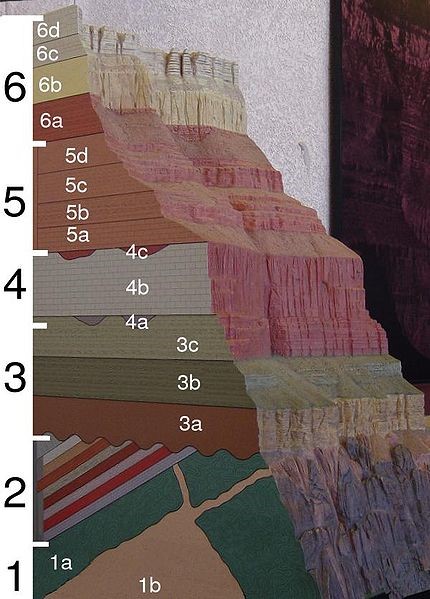Irrigation in agriculture is dependent on the availability of water of suitable quality. Water quality is assessed by the potential problems which can develop as a result of long-term use.
The extent of potential problems varies and is determined by soil, climate and crop, as well as the skill and knowledge of the water user. The judicial use of high-quality water normally does not result in any problems.
In practice, however, a very large proportion of problems experienced are directly related to water use and quality. The quality of the water used for irrigation can for instance vary greatly depending on the soluble salt content. A variety of soil and crop problems could develop with an increase in salt content. Special management practices are necessary to ensure acceptable yields.
In planning an enterprise, it is therefore most important to carefully assess the following aspects:
The Water Source
There are three main types of water sources, being rivers, dams and boreholes. The permanence of all three water sources depends on the natural rainfall in the specific area and the underlying geological formations.
Geological formations: A formation or geological formation is the fundamental unit of lithostratigraphy. A formation consists of a certain number of rock strata that have comparable lithology, facies or other similar properties. Formations are not defined by the thickness of the rock strata they consist of and the thickness of different formations can therefore vary widely.
The concept of formally defined layers or strata is central to the geologic discipline of stratigraphy. A formation can be divided into members and are themselves grouped together in groups.

A geologic cross-section of the Grand Canyon.
Black numbers correspond to groups of formations and white numbers correspond to formations
The quality of the water from these three water sources varies according to the origin and has to be tested before use. Irrigation water is either pumped directly from rivers or boreholes or received from a central canal system for storage in the farm dams or for direct distribution in the production area through an irrigation system. Filtration of the irrigation water may be necessary, depending on the quality of the received water, and the irrigation system is used. The degree of filtration needed adds substantially to the initial cost of the installation of a system.
The water source must be secure and guaranteed to deliver a sustained and sufficient volume for the identified form of production.
The water source must be able to provide a large enough volume of water to sustain the hectares under production at the rates required by the specific crop as per the individual crop’s cycles. . It is also good policy only to develop within the capacity of available water and build in a safety factor for water supply.
Water Quality
Water quality should always be good enough to ensure the production of acceptable volumes of high-quality produce. If obtained from sources like rivers or boreholes, the salt and/or pollution levels should never rise above acceptable norms, as this will not reflect good agricultural practices.
Click here to view a video that explains wastewater quality.
Water quality can be tested by a number of laboratories. Crops differ in their sensitivity to high salt concentrations in irrigation water. It is important to know what quality of water is suitable for the planned crop.
Irrigation Design
The microclimate of the area is a determining factor in the design of any irrigation system. This includes whether it is a summer or winter rainfall area, the average monthly precipitation, the average minimum and maximum temperatures, as well as the frequency, velocity and seasonal distribution of wind.
The type of soil should be taken into consideration to ensure that the volume applied does not exceed the infiltration capacity of that particular soil. The rate of application must be calculated to supply the crop requirement for optimal growth and production throughout the year.
Irrigation Capacity
The irrigation capacity of a water source determines the size of the plantings which can be irrigated with the available water on a sustainable basis.
According to the National Water Act (1998), the fair distribution of water is of extreme importance, and water measuring is applied to verify the extraction of water against an allocation. Most water sources are managed by Water Users Associations, which has to see to it that only the quantity of water allocated to each specific farm is pumped by or delivered to the farm for irrigation purposes. It is the farmer’s prerogative to utilise the allocated amount to the best of his ability through the choice of irrigation system and good management.
Water measuring, or determining flow rate, is an aid for the effective distribution of water and is usually applied for the sake of legal requirements, management requirements, or both. A wide variety of measuring devices is available commercially and at the onset of implementation of water measuring, the following must be considered:
- What functions must the measuring equipment be able to perform?
- Which level of operation is required?
- How much are they prepared to spend?
Possible functions include the measuring of flow rate in cubic meters per hour and the volumetric flow over a period in cubic meters. A number of registering devices are available, ranging from very basic to highly sophisticated.